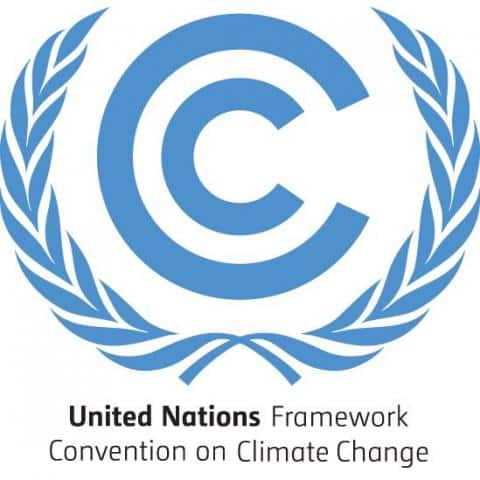
Calling top emitters to choose biogas
The World Biogas Association has intensified its efforts to ensure that a commitment to develop anaerobic digestion and biogas is written into every country’s plan to tackle climate change. With the postponement of COP26 to November 2021, the 193 countries that are signatories to the Paris Agreement have an opportunity to review their legally binding National Determined Contributions to keeping global warming below 1.5 °C.
The UN has recently urged countries to submit their new NDCs at least six months ahead of COP26 to ensure a successful climate summit. Many see COP26 as the last chance to raise the bar of climate ambition worldwide to avert a climate catastrophe. In February, the World Biogas Association wrote to the Ministers of Environment of some of the most polluting countries to highlight how biogas can reduce their carbon emissions and why if they are serious about achieving Net Zero it must be included in their respective NDCs. Seven months on, we are writing to them again to reiterate the need. This time we have the support of each country’s biogas national association.
In that letter we highlight to each country’s minister the available biogas potential they could harness and the positive contribution doing so would make to cutting carbon emissions.
Our latest report, Global Potential of Biogas, highlighted the huge potential of the biogas sector in terms of carbon savings. Provided the right policies were in place worldwide, an astonishing 12% of global energy emissions could be saved thanks to our industry alone. Importantly, the sector contributes to climate mitigation simply by recycling organic wastes. WBA analysis has shown that anaerobic digestion can reduce GHG emissions by up to 490,000 tonnes of CO2e for every million tonnes of organic waste processed.
So, the burning question is, who are the biggest emitters and what is their biogas potential? In other words, what are the countries that could most contribute to the 12% we want to achieve?
Let us first look closer to home: the European Union ranks third in the list of top emitters worldwide, accounting for roughly 9% of global emissions. Its biogas potential is huge. A recent Gas For Climate’s report, Gas Decarbonisation Pathways 2020 – 2050, shows a minimum of 770 TWh per annum when considering AD-only. Moreover, this energy potential increases by 40% when integrated with power-to-gas technologies, converting excess renewable electricity into additional biomethane. Yet, there is no mention of biogas in the EU’s current NDC.
Just before the coronavirus outbreak, Ursula von der Leyen, president of the European Commission, had declared decarbonisation the bloc’s priority, committing to become net-zero by 2050 with the European Green Deal. Moreover, the Head of the Renewable Energy Unit in the European Commission, Antonio Lopez Nicolas, has said in the past that if the EU is to achieve net zero, renewable gases’ percentage in the EU’s energy mix will need to grow substantially.
A reason for optimism is that the EU, led by Ursula von der Leyen, is planning a green recovery to fight the economic downturn caused by the pandemic. Particularly important for the European biogas sector is the adoption of the Methane Strategy as part of the Green Deal. The strategy has both highlighted tackling methane emissions as critical to net zero and recognised the high potential of biogas to reduce these harmful emissions in agriculture, which accounts for 53% of emissions associated with human activity. Moreover, from 2023, EU member states will be obliged to roll out separate bio-waste collections.
However, decision making is certainly a very complex process in a supranational state like the European Union. On one hand, Germany – one of the founding members – has unveiled plans for an astonishing €40bn climate spending surge at the national level. On the other hand, member states such as Poland and Czech Republic see the green transition as a huge exogenous cost to face in a depression. It is therefore early to say how green the recovery will be in the EU.
As mentioned, the EU is not alone, many countries have a significant biogas potential but not yet biogas targets in their NDCs. In the next WBA blogs, we will look at the biogas potential of some of those countries that could really make the difference in achieving the 12% we are striving for. Stay tuned!

